A IIITH-CIE incubated start-up recently bagged a coveted Design Award at the Vision Systems 2021 Innovation Awards for its patented omnidirectional 3D Vision Systems. Prof. Anoop Namboodiri, head of IIITH’s Biometrics Lab and CSO of DreamVu explained how they pulled off the perfect union of academia and industry.
It is always good news when an academic idea fructifies into a marketable product. “It’s nice to span the two ends of industry-academia and effectively transform something from pure research as an idea and see it all the way to a finished product”, notes Prof. Namboodiri, who co-founded the start-up venture DreamVu with his IIITH students Rajat Aggarwal and Rohan Bhatial. DreamVu’s 360-degree-situational awareness sensor and 3D vision systems solve a few challenging problems in vision, with a combination of clever optics intelligent software.
Prof. Namboodiri had earlier played a key role in the iconic Aadhaar project in its conceptualization phase and was involved in the initial biometrics design and selection process. His area of expertise was at the confluence of computer vision, machine learning, computational imaging and biometrics. He now spends more time at CVIT’s new Biometrics and Secure Id Lab, focusing on person identification and the correlated issues of security and privacy.
From Kothamangalam to IIIT Hyderabad
Recruited straight out of REC Calicut into a telecom giant, the young engineer worked on feature enhancements and maintenance of code for the old telephone exchanges at Bangalore. Growing up in rural Kerala, listening to exciting scientific discoveries in nuclear physics narrated by his uncle, he yearned for more research-oriented work and toyed with the idea of doing a Ph.D.
Around that time, the DRDO labs in Bangalore had established a Center for AI and Robotics (CAIR), headed by Prof. Vidyasagar, founding Council member of IIITH. Prof. Namboodiri worked in CAIR under Prof. P. J. Narayanan and Prof. C. V. Jawahar in the computer vision and virtual reality. It was an innocuous beginning to a wonderful partnership that would span over two decades. In 1999, Prof. Namboodiri left to pursue his Ph.D at Michigan State University but stayed in touch with his mentors, who had taken up academic positions at IIIT Hyderabad.
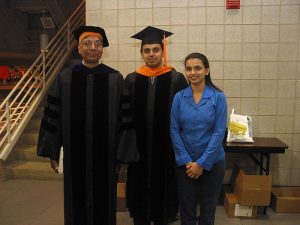
Machine learning was the fringe part of the AI community during his doctoral research in handwriting recognition at the PRIP (Pattern Recognition and Image Processing) Lab in Michigan. “My faculty would live and breathe their area of research and you could feel their enthusiasm in the classes. It made me realise that you could actually live a more technically fulfilling life as a faculty member, than in corporate research”, elaborates the Professor who did summer internships at the research labs of Philips, IBM Research and Xerox in the USA.
Towards the end of his Ph.D, he taught a course on discrete mathematics and data structures to support himself. “Though it was a small group of 12 – 15 students in my class, I was able to convey the excitement for the topics being discussed and it dawned on me that teaching was a viable option”, observes Prof. Namboodiri. After his Ph.D, the researcher chose IIIT Hyderabad over enticing offers from Microsoft Research in the US and HP Labs, Bangalore.
Where everybody knows everyone
Prof. Namboodiri joined IIITH as an assistant professor at a time when the Institute was in its nascent stage. It was a very small group of industry-facing academics who were creating a novel community. “I remember, in the early days, we would meet at the Nilgiri building for an afternoon cup of coffee and the intense discussions on institute-related matters would go late into the evening”. He credits Prof. Jawahar and Prof. P J Narayanan with giving him that extra nudge to return to India and take up a position at IIITH.
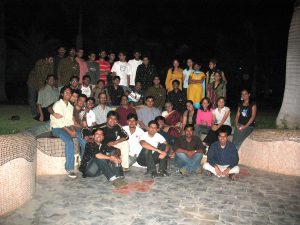
CVIT, Biometrics and Security ID lab
For a major governmental DST-funded Indian language technology development project, a happening area at that time, Prof. Namboodiri worked creating solutions in the Indian Language Technology space. Another significant project that he worked on at IIITH, sought to apply computer vision techniques to create 3D models of Heritage structures, to preserve a digital version of the ancient monuments. The Biometrics and Security ID lab was an outcome of Prof. Anil Jain‘s collaboration with IIITH as adjunct faculty. The initial years were unstructured but very energetic times, remembers Prof. Namboodiri.
The third major Project that he was involved with from its early days in 2009 was the ambitious Aadhaar project. It was the world’s largest national-level project at the time and UIDAI was yet to be established. Strategist Nandan Nilekani and his hand-picked team with prior success in the start-up world reached out to the US based Prof. Anil Jain (Prof. Namboodiri’s Ph.D advisor), a renowned expert in biometrics. On Prof. Jain’s recommendation, Prof. Namboodiri joined the project in the brainstorming meetings. The fundamental questions explored was the technical feasibility of creating a massive national identity system using biometrics, for 1.2 billion citizens. Once it was up and running, he was called in for specific problem troubleshooting as the expert on biometrics. IIITH’s association still continues with UIDAI in several aspects.
Prof. Namboodiri is currently working with Sony and an Indian biometrics manufacturer but prefers to work on projects where his students can be involved. In the pipeline are larger projects that will leverage his previous heritage work and biometrics expertise for tracking/finding people at historical sites.
Dream with a 360-degree computational view
Imagine the versatility of a mobile robot with a camera fitted for 360-degree situational awareness and depth perception. Prof. Anoop Namboodiri and his students Rajat and Amrisha worked on computational imaging in 2015, attempting to capture 360-degree in stereo in one shot and to create an optical solution without occlusions. The research paper was accepted at the Conference on Computer Vision and Pattern Recognition. When Prof. Shmuel Peleg of the Hebrew University of Jerusalem, a pioneer of 3D 360 imaging solutions, gave the team a flattering feedback, they realized that they were on to something big!
The outcome of the positive feedback received from the community was DreamVu, a technology venture, incubated with seed capital from IIIT and private funding. Their primary customers are mobile robotic platforms, ranging from robotic vacuum cleaner products to high end specialized robots that undertake disinfection in hospitals and public areas. With its customer base mostly out of USA, the three-year-old company has now scaled up its operations, with two manufacturing facilities in Hyderabad and Malaysia. “We build the complete stack, starting from Optics, hardware and sensors to the software running on it”, explains Prof. Namboodiri.
To catch a small piece of sky
Prof. Namboodiri hails from a small village in the foothills of the Western Ghats, close to Kaladi, the birthplace of Adi Shankaracharya. “My early inclination towards science especially Physics, primarily came from my uncle, a nuclear physicist from BARC who later moved to the Lawrence Livermore National Labs in California. He would regale us with fascinating stories about his work and the field”.
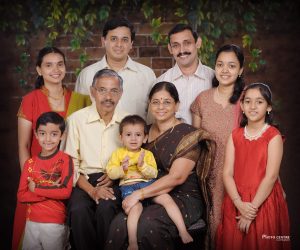
As a child, the youngster would build his own telescopes and peer at the night sky. Since the area had dense vegetation, he would climb a small hill across the river from his house to catch a small piece of sky. “In my childhood I loved walking through the fields, trekking through hills, lying by the river, or riding my bicycle to the Bhoothathankettu lake and Thattekad bird sanctuary near my house”, says the self-professed introvert. Even to this day, he makes it a point to visit his village regularly with his wife Dr. Preetha and their son Dev, a budding violinist.
The young boy who once scaled a hillock to catch a shooting star, scaled up his ambition to help design a range of omnidirectional 3D vision systems, while his core remained rooted as an academic.
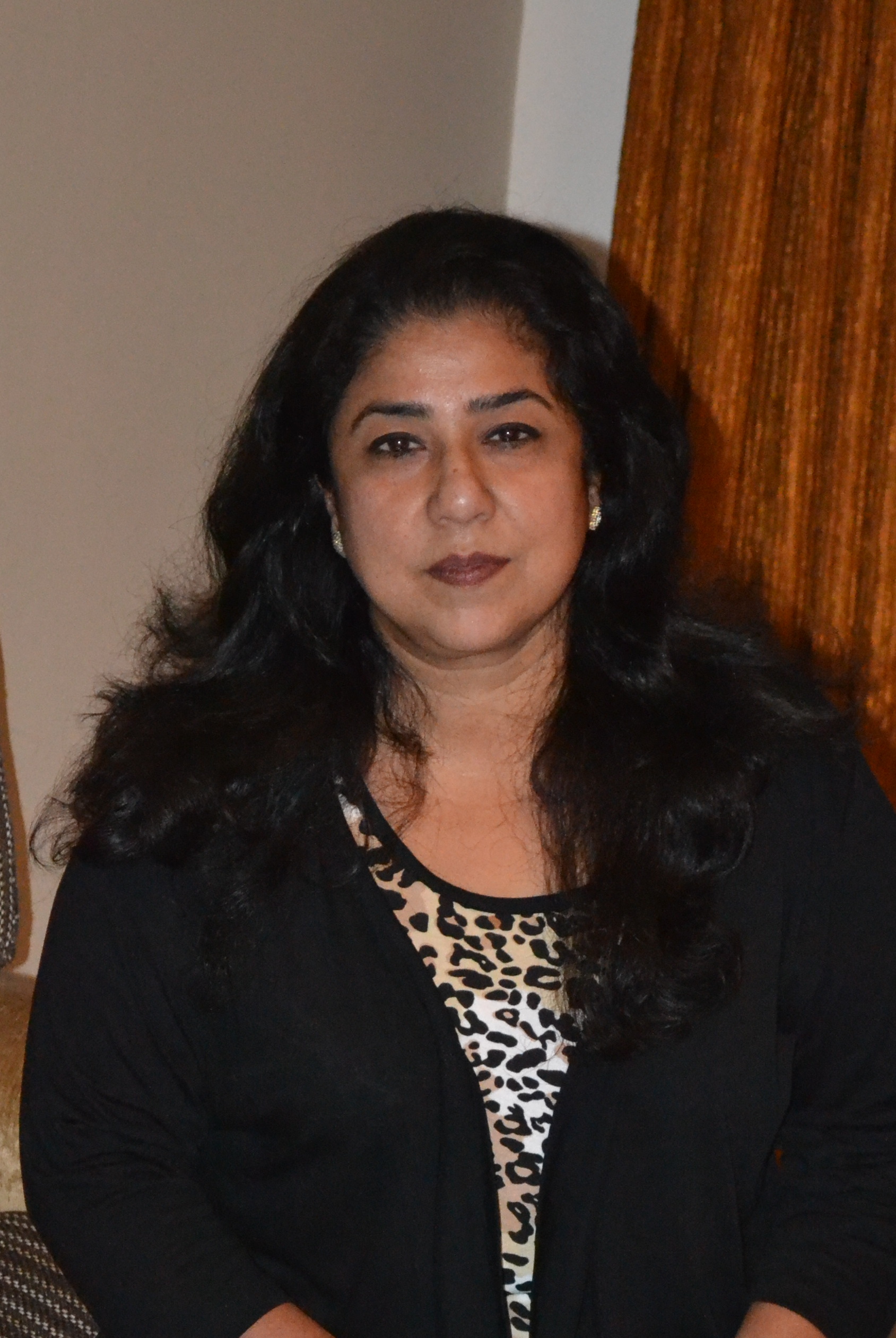
Deepa Shailendra is a freelance writer for interior design publications; an irreverent blogger, consultant editor and author of two coffee table books. A social entrepreneur who believes that we are the harbingers of the transformation and can bring the change to better our world.

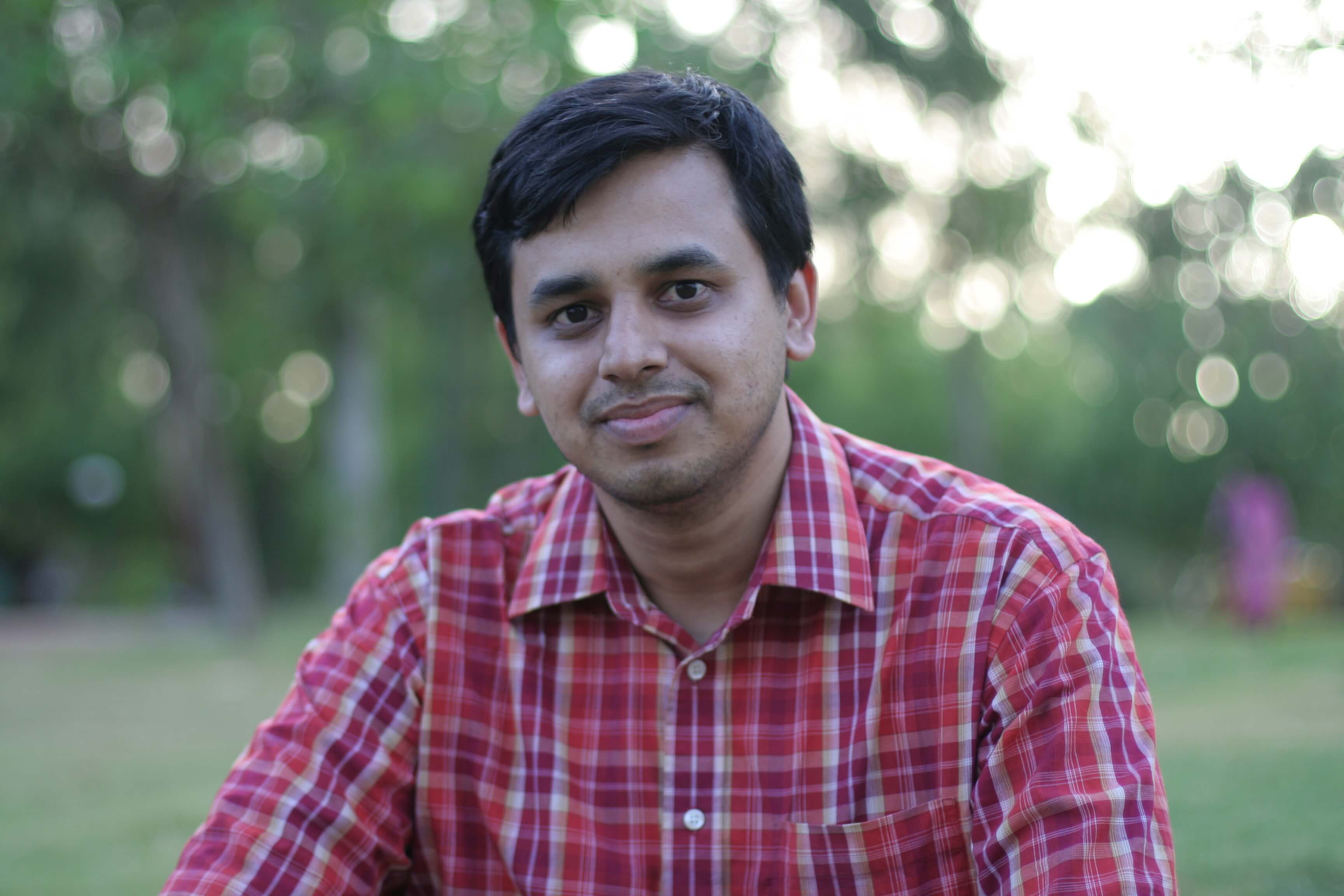
Next post